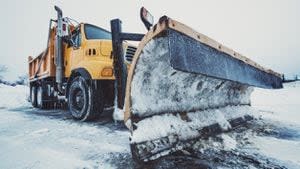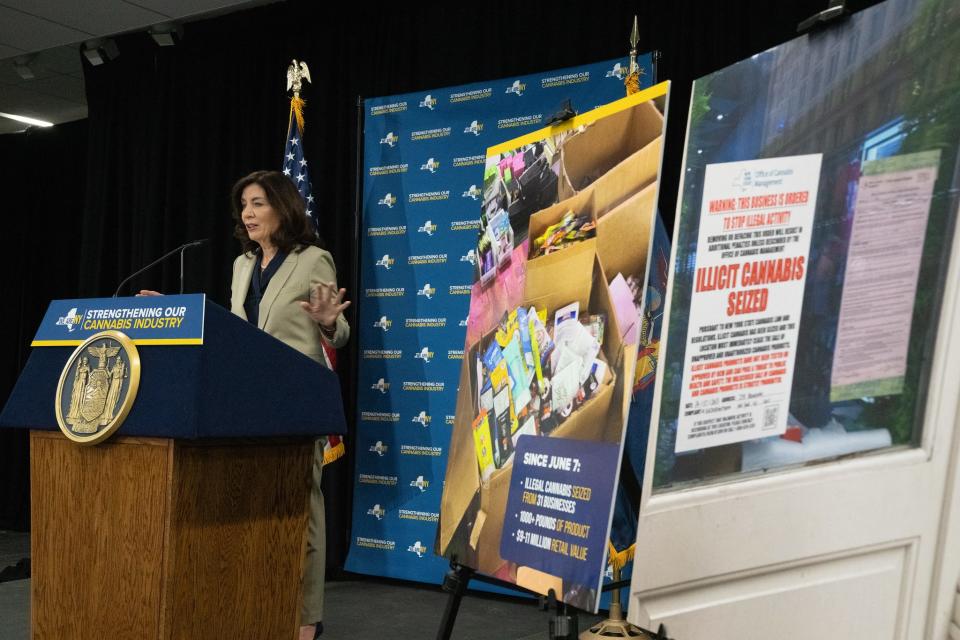
AAA is reminding drivers to be extra cautious with snow expected this weekend.
>>Winter weather system headed for the Miami Valley this weekend; Timing and how much we’ll see
“With mild winters the last few years, it is critical that drivers be reminded that they need to adjust to the conditions,” said Kara Hitchens, AAA spokesperson. “While some vehicles are better equipped for snowy roadways, no vehicle or set of tires can prevent skidding on slick roadways.”
Sometimes just an inch or two can lead to serious crashes if drivers do not adjust to conditions, AAA said.
They are offering these tips for winter weather:
-
Drive for the road conditions – While there is not a lot of snow predicted for Ohio, wet road conditions are responsible for the majority of crashes with rain leading to adverse weather conditions. Drivers should be aware of elevated surfaces such as overpasses and bridges as they tend to freeze first.
-
Stay home -If you don’t have to go out, don’t. Even if you can drive well in winter conditions, not everyone else can. Don’t tempt fate. Stay home until crews can properly clear roadways.
-
Keep an eye on your tires – Rain, snow, and ice can dramatically reduce your tires’ traction. Drivers should slow down to regain the traction that is lost due to the weather. Also, make sure your tires are properly inflated. Tires need the proper inflation to maintain traction. For every 10-degree drop in temperature, tires can lose 1 pound of air pressure.
-
Know your brakes -Whether you have antilock brakes or not, keep the heel of your foot on the floor and use the ball of your foot to apply firm, steady pressure on the brake pedal.
-
Don’t brake and turn at the same time -Asking your vehicle to do two things at a time makes it more likely that your tires will lose traction. Brake first, then turn, then accelerate.
-
Don’t follow behind other vehicles as closely as you would when driving in clear, dry conditions -Slick roads mean your vehicle cannot slow down as quickly. Increase following distances to 8 seconds or more and always keep open space to at least one side of your vehicle, in case you need to make an emergency lane change maneuver.
-
Don’t be rough with your steering, acceleration, and braking – If you are not gentle with steering, acceleration, and braking, your vehicle’s balance can be negatively affected, increasing the chance of experiencing a skid. Always steer, accelerate, and brake smoothly.
-
Don’t hit the brakes if you start to skid – Slamming on the brakes can make the skid even worse. If you are approaching a patch of ice, brake during your approach. Applying pressure to your brakes while on the ice will only throw you into a skid. If you do start to skid, ease off of the accelerator or brake and steer in the direction you want the front of the car to go.
-
Don’t stop if you can avoid it -There’s a big difference in the amount of inertia it takes to start moving from a full stop versus how much it takes to get moving while still rolling. If you can slow down enough to keep rolling until a traffic light changes, do it. Be aware of traffic ahead and slow down even more if you start to see brake lights or fishtailing cars.
-
Make sure your battery can handle the weather -Have your battery checked by a professional to ensure it is strong enough to face cold weather. When the air temperature is 32 degrees, a battery’s starting power drops 35 percent.
>>Residents hit local hardware store for supplies ahead of winter weather
AAA is also reminding drivers to have a winter emergency kit in their car.
This includes the following:
-
Abrasive material (sand, salt, cat litter) or traction mats
-
Snow shovel
-
Flashlight with extra batteries
-
Window washer solvent
-
Ice scraper with brush
-
Jumper cables
-
Extra warm clothing (gloves, hats, scarves), and blankets
-
Warning devices (flares or triangles)
-
Drinking water and non-perishable snacks for both human and pet passengers
-
First-aid kit
-
Basic toolkit (screwdrivers, pliers, adjustable wrench)
-
Mobile phone pre-programmed with rescue apps and important phone numbers including family and emergency services and charger.
>>Local cities prepare for upcoming wintry weather; How they plan to keep their communities safe
Our Storm Center 7 team of meteorologists is tracking this system.
We will have the latest on News Center 7 Saturday morning starting at 6 a.m.
Signup bonus from




